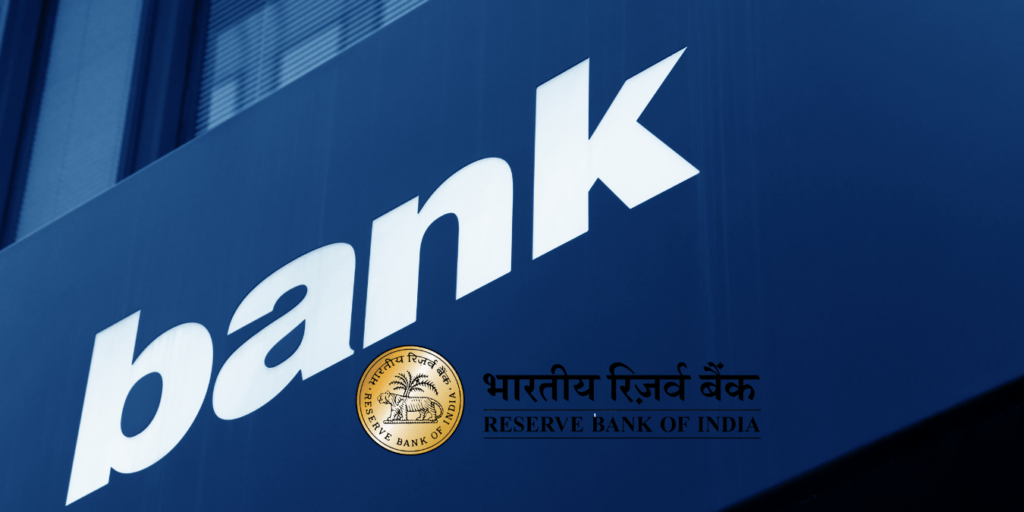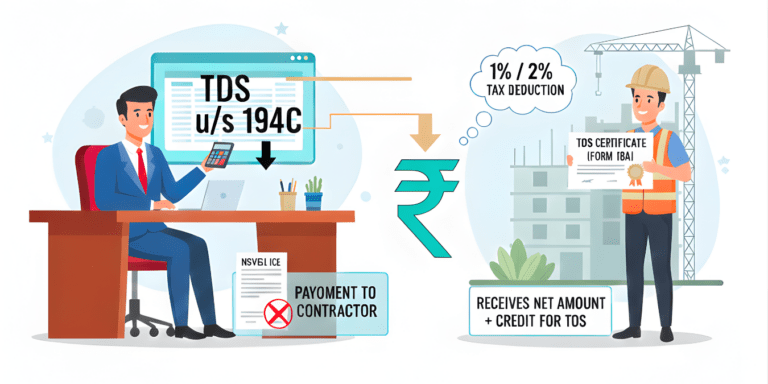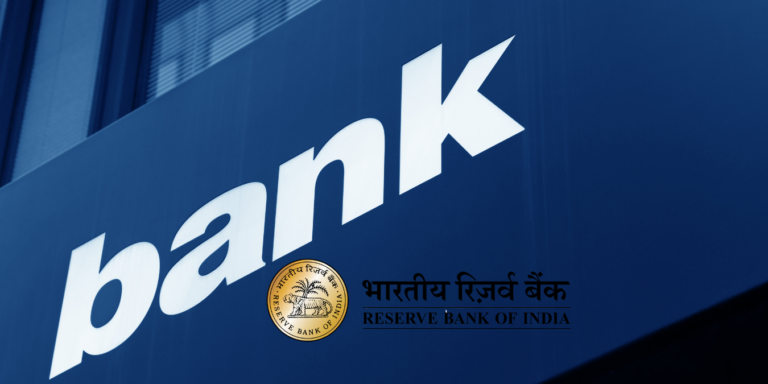
NPS Benefits for High-Income Earners: Maximize Your Retirement and Tax Savings in 2025
Imagine slashing your taxes by ₹2 lakhs annually while your retirement corpus balloons to crores—without touching stocks or mutual funds. In 2025’s sneaky budget revamp, NPS unleashes a hidden edge for high-income Indians: unlimited employer perks and 12% returns that crush FDs. But wait—one overlooked rule could triple your gains… or wipe them out. Unlock the suspenseful secrets high-earners guard fiercely to outsmart inflation and secure opulent golden years.
The National Pension System (NPS) continues to be one of the smartest retirement and tax-saving tools for high-income earners in India, especially in 2025 when new tax reforms and enhanced scheme benefits offer even greater potential. Whether a salaried professional, business owner, or self-employed individual with a high income, understanding NPS benefits can help preserve wealth, optimize tax liabilities, and secure a stable retirement.
Why High-Income Earners Should Prioritize NPS in 2025
In India’s evolving tax landscape, where slabs climb to 30% for incomes over ₹15 lakh, NPS stands out as a shield against erosion of wealth. The Union Budget 2025 maintained core deductions while extending perks like employer contributions, making it vital amid inflation hovering at 5-6%. High earners face unique pressures: volatile markets and lifestyle inflation demand robust planning.
NPS slashes taxable income by up to ₹2 lakh yearly via Sections 80C and 80CCD(1B), plus unlimited employer perks under 80CCD(2). This isn’t just savings—it’s compounding growth. For a ₹50 lakh salary earner, it could mean ₹15-20 lakh in tax relief over a decade, redirected to build a crore-plus corpus.
The National Pension System (NPS) offers lucrative benefits for high-income earners in India in 2025, combining substantial tax savings with competitive market-linked returns. High earners can claim up to ₹2 lakh in tax deductions annually under Sections 80C and 80CCD(1B), plus enjoy tax-exempt employer contributions up to 14% of salary. With annual returns between 9% and 12%, NPS outperforms traditional savings instruments like PPF and fixed deposits. Flexible withdrawal options and portfolio customization make NPS an ideal retirement planning tool. Optimize your NPS investments in 2025 to maximize your retirement corpus and reduce taxable income effectively.
Understanding the NPS Structure and Its Unique Advantages for High-Income Earners
What is NPS?
Launched in 2004 and regulated by PFRDA, NPS is a voluntary, defined-contribution scheme for Indians aged 18-70. It pools funds into market-linked assets, ensuring portability across jobs—a boon for high-flyers switching firms. In 2025, over 1.5 crore subscribers manage ₹12 lakh crore in AUM, reflecting trust.
For high-income folks, it’s more than a pension—it’s a tax optimizer. Contributions grow tax-deferred, with options for active or auto asset allocation.
Key Benefits for High-Income Earners
- High Tax Deductions: Claim up to ₹1.5 lakh under 80C and extra ₹50,000 under 80CCD(1B) in old regime.
- Employer Contributions: Tax-exempt up to 10% (private) or 14% (government) of salary, no cap—ideal for executives negotiating perks.
- Market-Linked Returns: 2025 data shows 9-12% average annual returns, beating inflation.
- Flexible Withdrawals: Partial pulls after 3 years for emergencies; 60% lump sum tax-free at 60.
- Low Cost: Fees under 0.01%, far below mutual funds.
- Portability: Seamless across employers or self-employment.
- Diversification: Allocate up to 75% equity, 100% debt, or alternatives for tailored risk.
These perks align with high earners’ goals: wealth preservation amid 2025’s 7% GDP growth and stock volatility.
How NPS Offers Tax Benefits for High-Income Earners in 2025
Tax Deductions Breakdown
- Section 80C Deduction: Contributions up to ₹1.5 lakh per financial year can be claimed under this section (included in the overall limit).
- Additional Deduction under Section 80CCD(1B): An additional ₹50,000 deduction beyond 80C is available exclusively for self-contribution to NPS Tier 1 accounts.
- Employer Contribution Deduction (Section 80CCD(2)): Employer contributions up to 10% (private) or 14% (government) of the basic salary plus DA are exempt from tax with no upper limit, benefitting high-income earners significantly by reducing taxable salary.
Impact Post Union Budget 2025
Budget 2025 focused on NPS Vatsalya for minors, offering ₹50,000 deduction to parents, but core adult NPS stayed stable with indirect boosts like higher rebates up to ₹13.7 lakh effective tax-free income for salaried NPS users. No upper limit changes, but emphasis on pensions encourages larger flows.
For high-income Indians, this means sustained relief. A Delhi consultant saving ₹2 lakh in NPS cuts 30% bracket tax by ₹60,000, plus growth.
Investment Returns: Why NPS Stands Out in 2025
Market-Linked Returns and Comparisons
Based on 2025 performance data, NPS investments have consistently earned between 9% and 12% annual returns, outpacing traditional fixed-income instruments like PPF (7.10% p.a.) and bank fixed deposits (around 6-7% p.a.). This makes it an ideal scheme for affluent households seeking a balance between risk and higher returns.
| Investment Type | Annual Returns (2025) |
| National Pension System (NPS) | 9% - 12% p.a. |
| Public Provident Fund (PPF) | 7.10% p.a. |
| Fixed Deposits | 6% - 7% p.a. |
Fund Managers and Portfolio Flexibility
Choose from 10 PFRDA-approved managers like HDFC, SBI, ICICI—HDFC leads AUM at ₹3 lakh crore. Active choice allows 75% equity for young high earners; auto rebalances annually.
How to Use NPS Effectively: Steps for High-Income Earners
Step 1: Open an NPS Tier-1 Account
Register via the eNPS portal or POPs. Provide PAN, Aadhaar; opt Tier-1 for deductions—Tier-2 is flexible but no tax perks. Minimum ₹500 initial, ₹1,000 yearly.
For high earners, eNPS is quick—done in 30 minutes online.
Step 2: Maximize Annual Contributions
Aim ₹2 lakh: ₹1.5 lakh (80C) + ₹50,000 (80CCD(1B)). Salaried? Push employer to 10-14%—adds ₹5-7 lakh deduction on ₹50 lakh salary.
Automate via SIPs for discipline.
Step 3: Choose the Right Fund Manager and Asset Allocation
Review performance: LIC topped central schemes at 9.01% in Jan 2025. Young? 75% equity. Mid-career? 50-50 mix.
Switch managers yearly if needed—no cost.
Step 4: Monitor Annually and Adjust Portfolio
Use NPS app for tracking. Reallocate as age/risk changes—shift to debt near retirement.
Annual reviews caught 2025's equity dip for timely tweaks.
Step 5: Plan Withdrawals Wisely
After 3 years, withdraw 25% contributions (tax-free for education, medical, etc.), max 3 times. At 60, 60% lump sum tax-free, 40% annuity taxable. Premature? After 5 years, 20% lump sum, 80% annuity.
Strategy: Delay for compounding.
Amit, a Kolkata VP, used partial withdrawal for daughter's wedding—tax-free, preserving corpus.
Pro Tips for High-Income NPS Investors
- Combine with Other Tax Savings: Pair NPS with EPF (up to ₹1.5 lakh), VPF for extra debt exposure, maximizing 80C.
- Leverage Employer Contributions: Negotiate in packages—it's cost-neutral for firms but slashes your taxes.
- Strategic Partial Withdrawals: Use for big life events; tax-free if purpose-qualified.
- Annuity Choices: Opt life-with-return-of-purchase for heirs; compare IRRs at 6-7%.
- New Regime Navigation: If opting new, focus employer perks; old regime unlocks full deductions in 2025.
- Diversify Beyond: Add ULIPs or stocks, but NPS for core retirement.
- Tax Residency: NRIs eligible, but withdrawals taxed per DTAA.
These elevate NPS from basic to bespoke for affluent Indians.
Common Mistakes to Avoid with NPS
- Missing 80CCD(1B): Forgets extra ₹50,000—costs ₹15,000 in taxes at 30%.
- Ignoring Employer Perks: Undervalues unlimited deduction, leaving money on table.
- Low Equity Early: Sticks to debt, missing 12% growth; corpus halves over 20 years.
- Premature Pulls: Triggers taxes/penalties; wait 5 years minimum.
- Rule Ignorance: Misses 2025 updates like Vatsalya integration for family planning.
- No Reviews: Stagnant allocation erodes returns in volatile markets.
- Over-Annuity: Locks 40% without comparing providers, reducing liquidity.
Avoid these for optimal outcomes.
Key NPS Benefits for High-Income Earners in 2025
- Tax deductions up to ₹2 lakh annually (old regime) via 80C and 80CCD(1B).
- Employer contributions tax-exempt up to 10-14% of salary, unlimited.
- Market-linked returns of 9-12% outperform PPF (7.1%) and FDs (6-7%).
- Flexible partial withdrawals (25% tax-free) after 3 years for emergencies.
- At retirement, 60% lump sum tax-free; 40% annuitized for pension.
- Low fees, portability, and diversification across assets.
Final Thought: Taking Action to Optimize NPS Benefits in 2025
For high-income earners looking to save tax and build a substantial retirement corpus, the National Pension System remains an unbeatable option in 2025. The combination of enhanced tax deductions, competitive returns, and flexible withdrawal options makes it ideal for wealth preservation and growth.
To maximize these benefits:
- Open or top-up your NPS Tier-1 account to the full limit.
- Leverage employer contributions fully.
- Choose the right fund manager and asset allocation.
- Review your investments regularly.
- Plan withdrawals strategically aligned with your retirement goals.
Start today and secure your financial future with NPS, an investment that pays off when it matters the most—retirement.
































